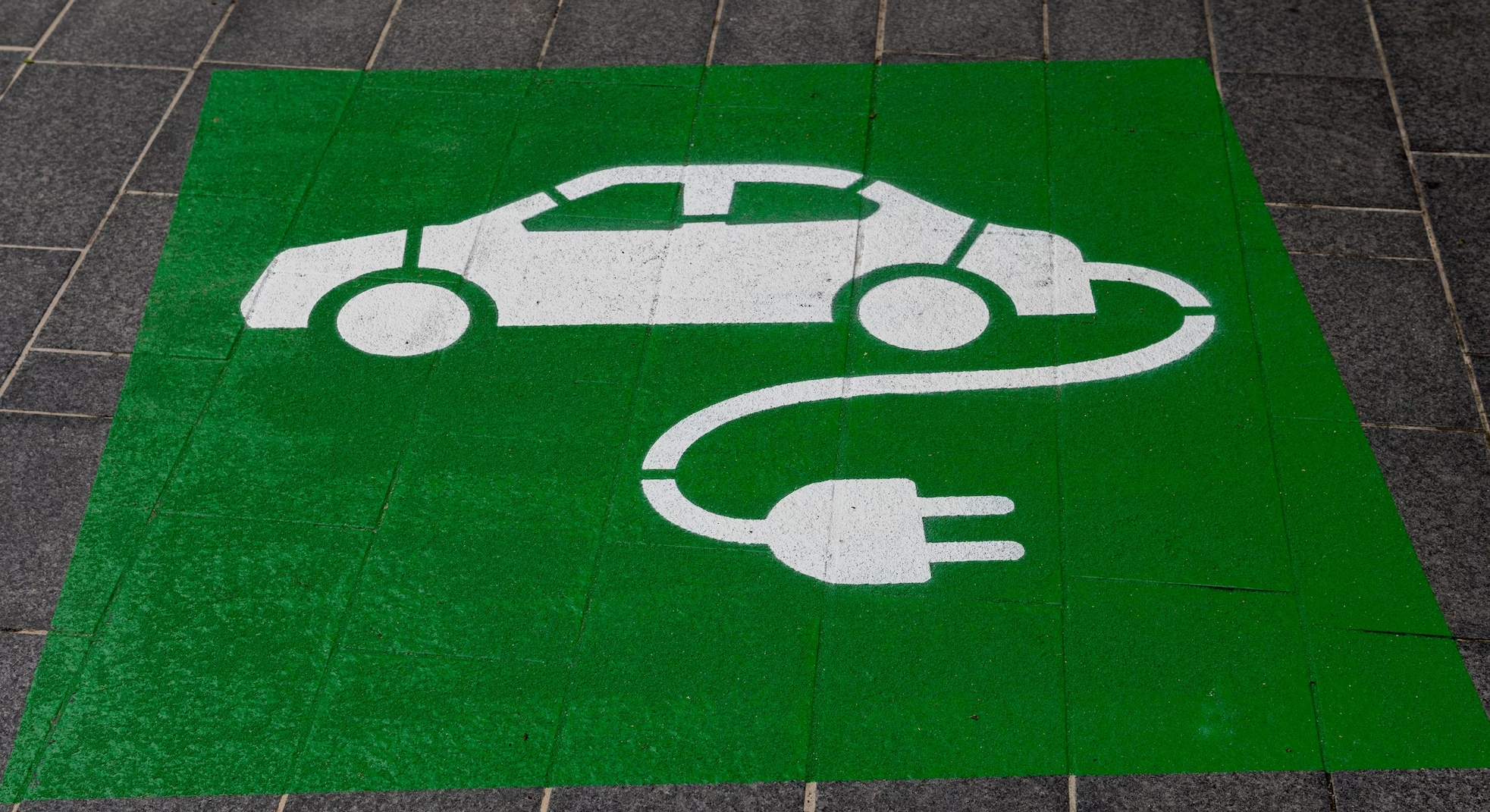
In recent years, there’s been a big push for drivers to make the switch to electric vehicles (EVs). This can be a great move for those with short commutes or who don’t need to drive long distances. If you’re considering making your next vehicle an electric model, it’s important to understand the drawbacks and how to overcome them so you know what you’re getting into. In this guide, you’ll learn about potential issues that come with driving an EV and what you can do to make EV ownership the best possible experience.
Driving Range
Driving range is one of the biggest concerns people have about EV ownership and for good reason. On average, today’s EVs can go about 234 miles before they need to recharge compared to around 400 miles for a gasoline vehicle. Although this may seem like a wide gap, most people only drive about 37 miles per day on average. This means that an EV for the average driver will provide plenty of drive time between charges.
Charging Locations
The EV charging network is not as extensive as the infrastructure for gas vehicles. So, it can require more planning on your part if you want to charge your vehicle while you’re traveling. Larger cities like San Jose, California, have more charging locations than you’ll find in less densely populated areas. You can always charge your EV at home by plugging into a standard 120-volt outlet, but for fast charging, you’ll want to find a public charger that offers this option. Using an app can help you find local chargers that will work for your EV.
Charging Times
An electric vehicle takes longer to charge than a gas-powered vehicle takes to refuel. So, it’s important to keep track of where your battery power is and not let it get too low. While you can replenish some battery power in as little as 30 to 45 minutes, getting a full charge typically takes six to 12 hours depending on the EV and type of charger you use. Charging your vehicle overnight is often the best way to ensure it’s full and ready to go when you need it.
Initial Cost
As you shop for an EV, you’ll discover they have a higher initial cost to buy when compared to similar nonelectric vehicles. This is because of the high cost of producing the batteries that power these cars. The higher price tag can deter some buyers, but if you’re interested in owning an EV, consider the other benefits that you’ll enjoy before you make your final decision.
Battery Cost
As we mentioned, the batteries for EVs are expensive. If you have to replace the battery in your EV, it won’t be cheap. Fortunately, most EVs offer extensive warranties that cover batteries for up to 10 years. Additionally, many manufacturers create EV batteries to last at least 10 years, if not more.
Temperature Effects
If you live in a climate where the temperature stays above 50 degrees, then an EV could be the ideal vehicle. However, lower temperatures will affect battery performance. When the temperature outside falls below 50 degrees, your battery will lose its charge faster, and temperatures in the freezing range could affect your battery even more. This means you’ll need to charge the battery more often, plus you may not maintain the same driving range you’re used to during colder times of the year.
Repairs and Maintenance
Although the number of EVs on the market is increasing, these vehicles are still fairly new. This means that finding someone who can carry out repairs and maintenance on your EV might be a challenge. These vehicles don’t have the same parts or mechanics as a car with an internal combustion engine, so not everyone understands how to care for them properly. Some mechanics won’t even work on an EV, so make sure you find someone who can help maintain your EV so it continues to run as it should.
Power Outages
You need power to charge your EV, but what happens if the power goes out? A power outage can make charging your battery impossible, and rolling blackouts and normally scheduled power shutoffs are quite common in some places, including California. Regularly charging your EV is one way to help prevent issues when the power goes out. You may also want to have a generator or backup ride just in case your power is out for more than a day.
Vehicle Selection
Automakers are working to increase the types of EVs available to consumers, but the selection is still limited. So, you won’t have as many options when shopping for an EV as you do when buying a gas vehicle. By shopping around and researching what’s out there, you can find an EV that works for you. More companies are bringing SUVs to the playing field, and there are even some trucks entering the EV market.
Towing Ability
Some EVs don’t offer much in the way of towing capacity, so if you need a vehicle that can tow a load, you may have trouble finding something in the EV class. Although there are models available that have some towing capacity, the driving range is likely to be greatly affected when you have a load to pull. If you decide you want to tow with your EV, make sure you understand how it will affect your driving range.
Learn More About EV Ownership at Lexus of Stevens Creek
Driving an EV has many benefits, but it can be a big difference from driving a gas-powered model. Knowing the issues you might encounter when switching to an EV can help you overcome them. If you want to learn more about EV ownership or find out about our EV inventory, contact us today. We’ll answer your questions and show you what we have available. We can even take you for a test drive in your favorite EV model.
green and white number 2 by Michael Marais is licensed with Unsplash License




